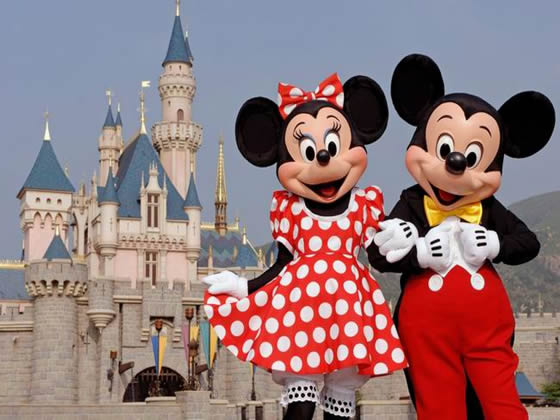
Many people confuse marketing with advertising or vice versa. While both are important — they are very different. Knowing the difference and doing your homework can put your business on the path to substantial growth.
First, a review of the definitions for each and then an explanation of how (and why) marketing and advertising differ from one another:
Advertising: The paid, public, non-personal announcement of a persuasive message by an identified sponsor; the non-personal presentation or promotion by a firm of its products to its existing and potential customers.
Marketing: The systematic planning, implementation and control of a mix of business activities intended to bring together buyers and sellers for the mutually advantageous exchange or transfer of products.
It is easy to understand how these two can be confusing to the point that people think of them as one-in-the same, so let’s dig in a bit deeper.
Advertising is a single element of the marketing process. It’s the part that involves getting the word out concerning your business, a product, or the services you offer. It encompasses the process of developing strategies for ad placement, frequency, etc. Strategically determining the placement (and repetition) of an ad in useful media including newspapers, television, radio, and of course the Internet is part of the process. But, so is creating and using direct mail, or even billboards for that matter. Advertising is the largest expense on most marketing plans.
On the other hand, marketing is everything that the consumer encounters when it comes to your business, from advertising, to what they hear, to the customer service that they receive, to the follow-up care that you provide. It’s all marketing. Marketing creates the decision within the consumer whether or not to choose you initially, or again, for their repeat business.

The best way to distinguish between advertising and marketing is to think of marketing as a pie, inside that pie you have slices. The slices consist of advertising, market research, media planning, public relations, product pricing, distribution, customer support, sales strategy, and community involvement. Advertising only equals one piece of the pie in the strategy. All of these elements must not only work independently but they also must work together towards the bigger goal. Marketing is a process that takes time and involves hours of development for a marketing plan to be effective.
You should think of marketing as everything that an organization does to facilitate an exchange between your business and its consumers. Taking into account the bigger picture helps to understand and appreciate the interconnected relationships between the elements that make your business thrive. If you only focus on advertising, you are setting yourself up for frustration and will likely only see the expenses. In this way you can not enjoy the full benefit of a tightly integrated marketing perspective. Think about it — your business may depend on it.





